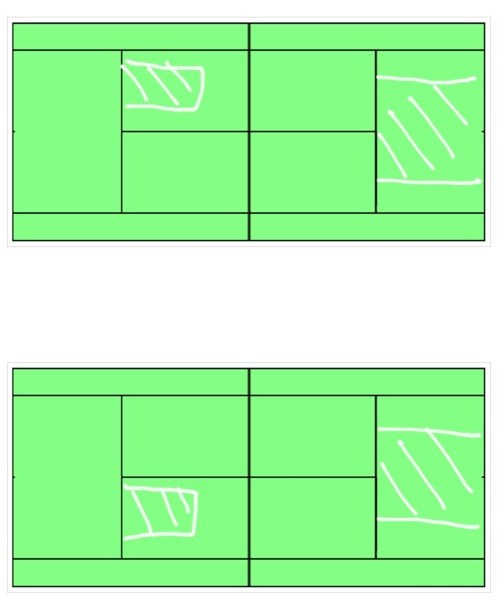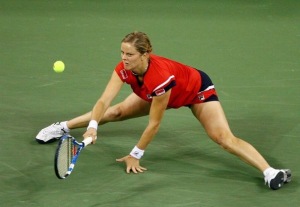Practicing Against Adults To Understand a Different Dimension
 Wednesday, October 19, 2011 at 05:58AM
Wednesday, October 19, 2011 at 05:58AM  CAtennis
CAtennis Depending on the area in which you live in, playing against adults may or may not be an acceptable method of training. If you're fortunate enough to live in SoCal or Florida - and assuming that you're somewhat dedicated to the sport - you will most likely play against kids your age rather than adults. These player would benefit a lot, in my opinion, from being exposed to different age groups, levels of play and styles. Some older players may have been good in their day but they may have lost a step or two. Play against them and see how they construct a point. Other players may be dinkers, pushers, serve and volleyers (not something that is seen too much on the junior circuit), drop-shot artists and straight-up hacks. Be it in local leagues, shootouts, men's/women's nights, normal matches or adult tournaments, seek to play against them and see how you measure up. You will often be surprised to see that some of these guys "can really play". Some may be difficult to beat particularly if they play without pace (and rely more on placement) or you play them in the wind or on slow clay courts or fast grass courts. Also, they have a completely different outlook on how to play the game and how to dissect the opponent. Their games are, often, more about breaking down the opponent's weakness(es) rather than hitting pure winners so picking apart their opponents' likes/dislikes is a huge factor.
In addition, if you're struggling to find a hitting partner your own age, maybe someone who's older may be more inclined to take up the challenge. Older players are, generally, more passionate about the game - they're not playing because the parents make them - so they will have a more positive outlook on the whole thing and may also give you with some good advice about tennis, school and life. If the only player that you can play against is older and not very good - this happens a lot in cases where juniors live in areas that are not tennis centers (e.g., remote areas of mid-West or PNW) - use this player as a backboard. Hit everything to him no matter what he throws at you and run every ball down. Also, play games where he covers the half-court and you have to cover the whole court or even singles PLUS doubles alleys. Your primary goal here is to develop your "rolodex" of plays and players and use it for future reference later on; knowledge and experience breeds confidence.





